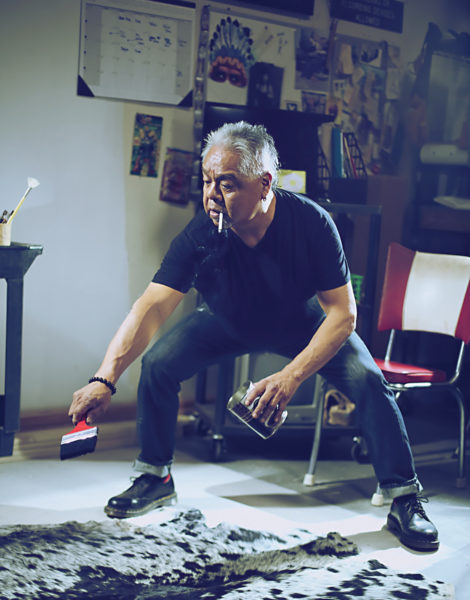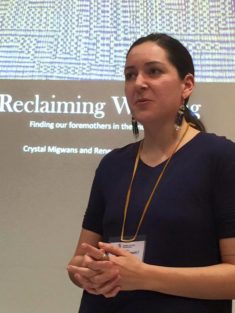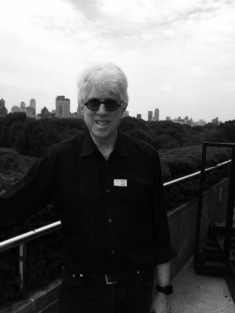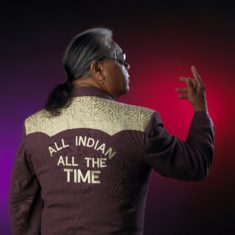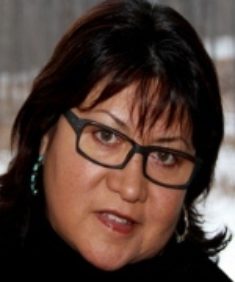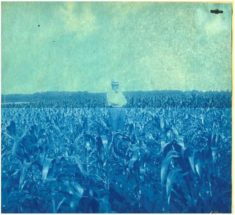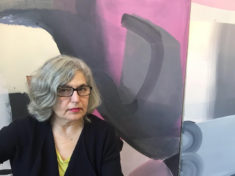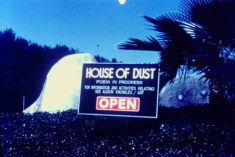About the event
This conference explores the ways in which the practices of indigenous artists operate within the globalized platform of contemporary art. How might art practice and art history address encounters between heritage, commodification, and difference as they take root in the careers of indigenous artists working today? Positing indigenous art as an increasingly prominent area in which issues of race, difference, and post-colonial critique are contested and made visible, the symposium brings together scholars, artists, and curators to examine the workings of indigenous art on multiple levels, including: opposition with the national, contact with the international, and solidarity with the global indigenous.
The conference is presented in conjunction with the Vera List Center's Indigenous New York, Curatorially Speaking on Sat, Oct 15, 4:30pm at the New School.
CONFERENCE SCHEDULE
12:45pm Introductory Remarks
Martin E. Segal Theatre
1:15pm Panel 1: Local
Wanda Nanibush, Art Gallery of Ontario
Jolene Rickard, Cornell University
Moderator: Crystal Migwans, Columbia University
2:45pm Coffee and Discussion Break
3:30pm Panel 2: Global
Candice Hopkins, documenta 14
Fred Myers, New York University
Moderator: David Joselit, The Graduate Center, CUNY
5:00pm Break
5:15pm Keynote Presentation
James Luna, independent artist
6:15pm Break
6:30pm Flow: Performance by Maria Hupfield, independent artist
Click here for more information.
The James Gallery
7:00pm Reception
Art History Department Lounge, Room 3408
This event is presented as part of Social Choreography, an interdisciplinary research group devoted to intersections between art movements and social movements. The group is supported by the Mellon Seminar on Public Engagement and Collaborative Research. For more information or to join, email [email protected].
Cosponsored by the Ph.D. Program in Art History; the Rewald Endowment of the Ph.D. Program in Art History; the Social Choreography Mellon Seminar on Public Engagement and Collaborative Research in the Humanities; and the Vera List Center for Arts and Politics at the New School.
